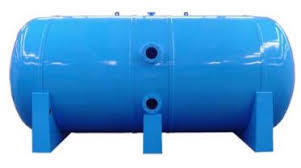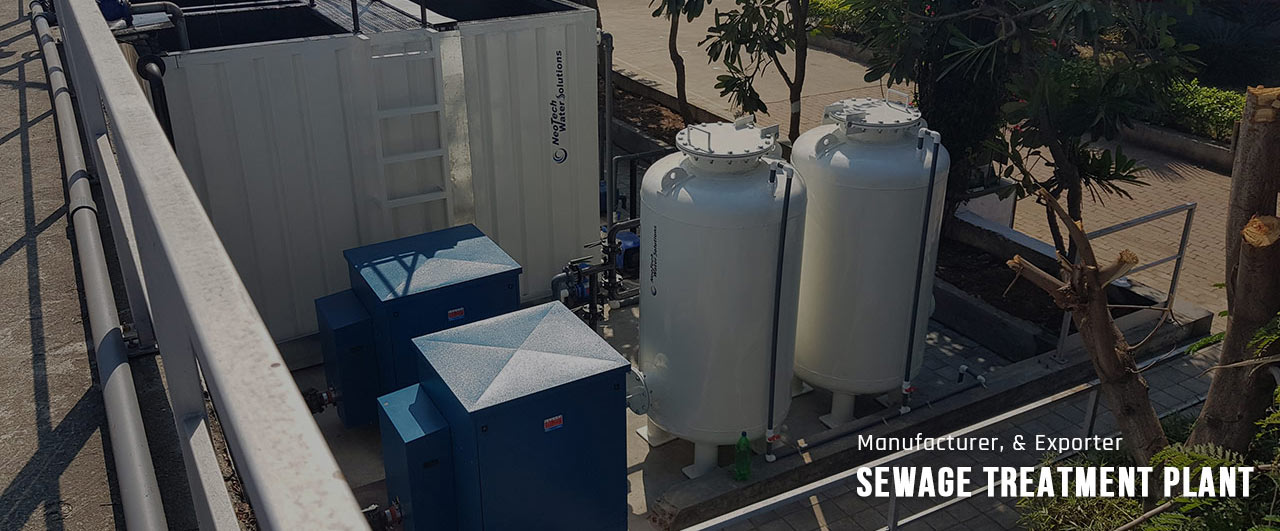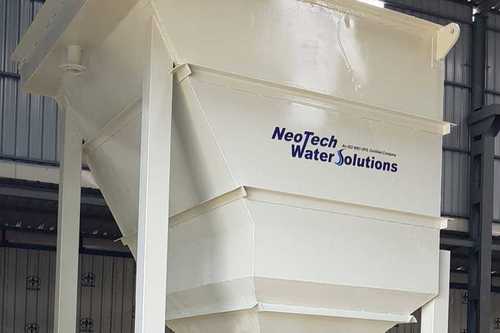- Home Page
- Company Profile
-
Our Products
- Sewage Treatment Plant
- Waste Water Plant Equipments
- Lamella Clarifier OR Parallel Plate Separator
- Clarifier Mechanism
- Static Mixers
- Pressure Sand Filters
- Oil Water Separator
- Self Cleaning Filter
- CPI Separator Coalescing Plate Interceptor
- Floating Surface Aerator and Fixed Aerators
- Tube Settler Systems
- Automatic Mechanical Step
- Oil Skimmer
- Floating Aerators
- HD Disc Diffuser
- Fixed Low Speed Surface Aerator
- Floating Surface Aerator
- Online Mixing System
- Stirrer Agitator
- Dual Media filter
- Activated Carbon Filter
- Underground Sewage Treatment Plant
- Horizontal Pressure Filter
- Mechanical Bar Screen
- Effluent Treatment Plant
- Waste Water Treatment Plant
- Dissolved Air Flotation
- Contact Us

Horizontal Pressure Filter
500000.00 INR/Set
Product Details:
- Capacity 50-500 m3/hr
- Voltage 440 Volt (v)
- Application industrial
- Power 440 Volt (v)
- Product Type pressure filter
- Color epoxy painted
- Material mild steel/ stainless steel/ FRP
- Click to view more
X
Horizontal Pressure Filter Price And Quantity
- 500000.00 INR/Set
- 1 Set
Horizontal Pressure Filter Product Specifications
- pressure filter
- 50-500 m3/hr
- epoxy painted
- 440 Volt (v)
- mild steel/ stainless steel/ FRP
- industrial
- 440 Volt (v)
Horizontal Pressure Filter Trade Information
- Letter of Credit (L/C) Letter of Credit at Sight (Sight L/C) Cash in Advance (CID) Cheque Cash Advance (CA)
- 20 Set Per Year
- 6-8 Week
- Australia North America South America Eastern Europe Western Europe Middle East Central America Asia Africa
- All India
Product Description
Horizontal Pressure Filters operate like vertical pressure filters, but their horizontal configuration increases filtration area per footprint. Multiple cells can be installed in a single vessel to allow operating flexibility and backwashing from in-service cells.
Horizontal Pressure Filters allow you to:
- Maximize filtration area per footprint
- Maintain system pressure through the treatment process
- Eliminate backwash supply pumps
- Utilize several media configurations
Features:
- Enclosed filtration system
- Water only or air scour backwash
- Curved plate underdrain
- Common underdrain system
- Multiple cells in a single vessel
Benefits:
- Line pressure maintained
- Re-pumping after filtration eliminated
- Provides most effective backwash for a specific system
- Allows for easy inspection
- Allows backwashing from in-service cells
- Reduced backwash flow rate
FAQs of Horizontal Pressure Filter:
Q: What is a Horizontal Pressure Filter?
A: A Horizontal Pressure Filter is a filtration system designed to filter out particulates from a liquid or gas stream. It is typically used in industrial settings to remove contaminants from water, oil, and other fluids.Q: What is the voltage of a Horizontal Pressure Filter?
A: The voltage of a Horizontal Pressure Filter is typically 440 Volt (v).Q: What materials are used to construct a Horizontal Pressure Filter?
A: Horizontal Pressure Filters are typically constructed from mild steel, stainless steel, or FRP (Fiber Reinforced Polymer).Q: What color is a Horizontal Pressure Filter?
A: Horizontal Pressure Filters are typically epoxy painted.Q: What is the power of a Horizontal Pressure Filter?
A: The power of a Horizontal Pressure Filter is typically 440 Volt (v).Q: What is the capacity of a Horizontal Pressure Filter?
A: The capacity of a Horizontal Pressure Filter is typically between 50-500 m3/hr.Tell us about your requirement

Price:
Quantity
Select Unit
- 50
- 100
- 200
- 250
- 500
- 1000+
Additional detail
Mobile number
Email








